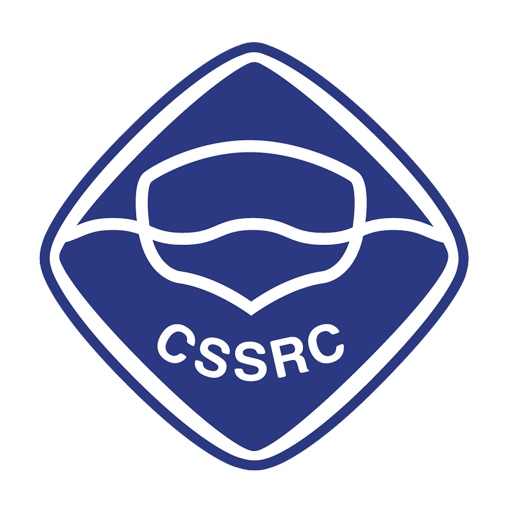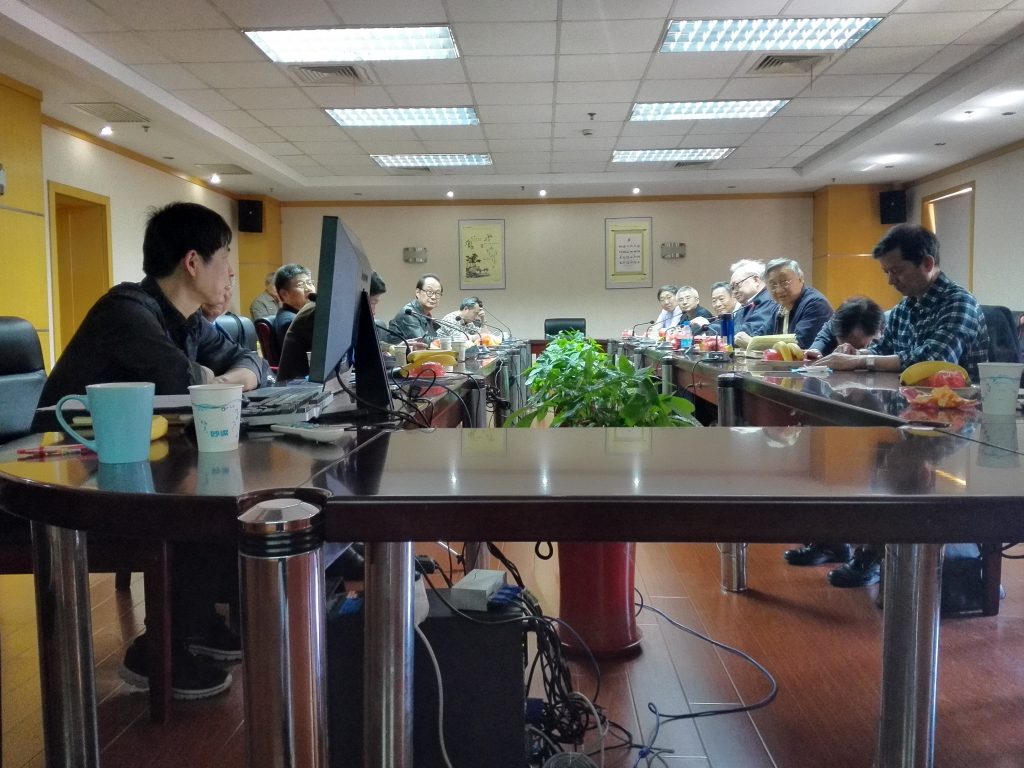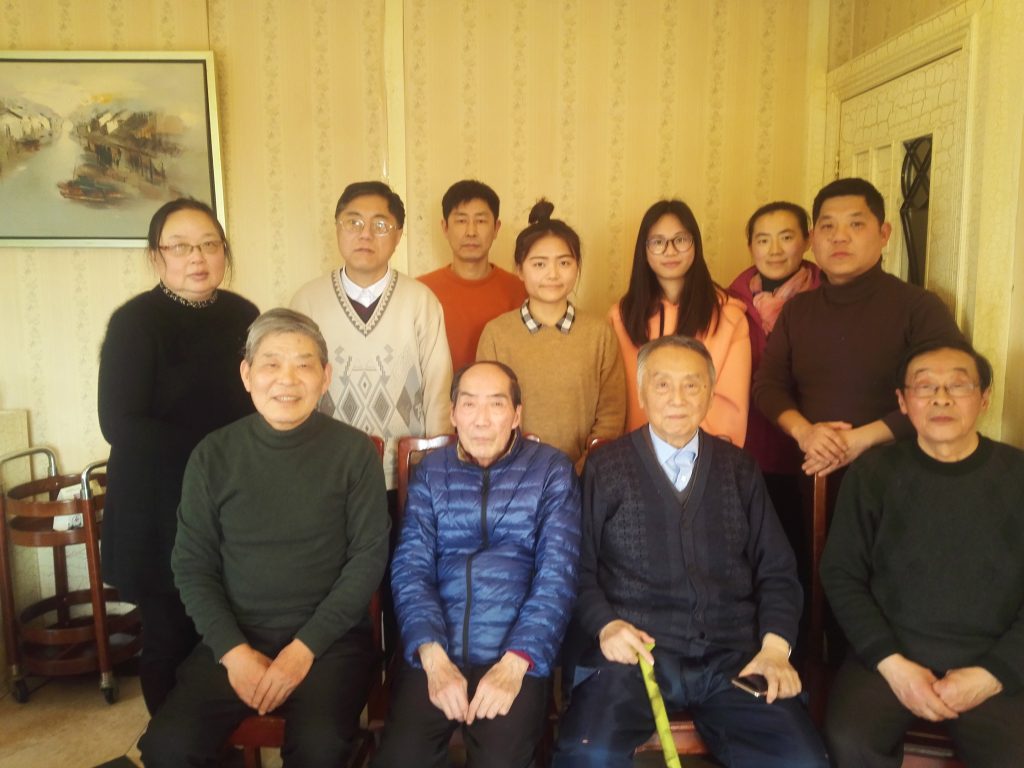执行编委和副主编2018年度第二次会议
《水动力学研究与进展》和“Journal of Hydrodynamics”(JHD)执行编委会2018年度第二次会议于2018年4月10日(星期二)下午在中国船舶科学研究中心(702所)上海分部411会议室召开。
参加会议的有:主任委员、主编吴有生;副主任委员戴世强、林建忠、刘桦、缪国平、颜开;执行主编周连第;秘书长卢东强;执行编委槐文信、鲁传敬、马峥、潘存鸿、王道增、滕斌、吴建华、赵峰、邹早建;编辑部工作人员列席了会议。
编委会主任吴有生院士主持了会议。会议主要内容包括:
- 通报了更换电子出版商后的情况
2017年12月,Editorial Manager系统正式运行,投稿、审稿都在EM系统进行,网址:
http://ijhd.editorialmanager.com
2018年第一期电子版于2月底正式在SpringerLink上线。网址:
https://link.springer.com/journal/42241
2018年第一期第一篇在线状态为Open Access(开放获取,即全球免费自由下载)。
3月份,第一期相继被SCI和EI收录,完成了JHD更换电子出版商后的顺利过渡。
2018年3月13日开辟了Online First专栏,标志着JHD进入快速网络化发表时代。
- 通报了2017年影响因子预估
据Web. of Science 4月5日引文报告,
按照影响因子计算规则,据此数据JHD的2017年影响因子估算为(137+183)/(107+110)=1.475
执行主编周连第在会议和微信群里强调:“JHD 的影响因子连续两年大幅提升,从0.776(2015年)—— 1.174(2016年)—— 1.475(2017年估计)。离我们预定的八届编委会奋斗目标影响因子达1.5,进入国际SCI期刊力学类Q2区仅一步之遥。但我们在兴奋之余,尚有忧虑,尽管影响因子从1.475到1.50仅一步之遥,但路程还是很不平坦的。据估算,2018年影响因子要达到1.50,全年的引用量需达到330次,平均每月要28次,每季度84次。但据 Web of Science 4月5日检索的数据,JHD 2018年第一季度引用2016年论文39次,引用2017年论文15次,合计仅为54次。这离每季度平均84次的预定目标尚有不小差距。为此,我们向编委同仁们呼吁,我们要居安思危,不可沽名学霸王,要不忘初心,牢记使命,为实现我们的水动梦把 JHD 办成国际一流期刊而努力奋斗!”
- 第29届(2018年)全国水动力学学术会议
“第29届全国水动力学研讨会”将于2018年8月24—28日在江苏镇江召开,由江苏大学承办,其中8月24日(周五)报到,25日26日学术报告。
执行编委会初步确定了大会报告8篇、分会场邀请16篇的人选。
目前已经分会场报告摘要163篇,按摘要总数排名,前几位分别为上海交通大学(28篇)、中船重工702所(17篇)、大连理工大学(16篇)、浙江大学(9篇)、中科院力学所(7篇)。
- 第三届“周培源水动力学奖”
1991年,周培源基金会学术交流基金设立了“周培源优秀水动力学论文奖”,随后颁发了七届。2011年,该奖项升格为“周培源水动力学奖”,每三年评选一次。至今,该奖项已经颁发了两届(2012,2015)。
评奖秘书处简要汇报本届4位申报人情况(一位申报人中途放弃)。执行编委会讨论工作进程的安排,确定4月份投票、6月份上报周培源基金会、8月份颁奖等。
与会的执行编委进行现场无记名投票。评奖秘书处将给未出席的评委发放选票。
- 支持2018国际水动力学会议
第13届国际水动力学会议(The 13th International Conference on Hydrodynamics, ICHD’2018)将于2018年9月2日-5日在韩国仁川松岛(Songdo, Incheon, Korea)举办,由首尔国立大学(Seoul National University)承办,Yonghwan Kim教授(ICHD执行委员)担任会议主席。
ICHD2018会议网站 http://mhl.snu.ac.kr/ichd2018
- 发展事宜汇报和讨论
- 编辑部网站建设
编辑部旧版网站运行多年,信息更新速度和界面已经跟不上时代的步伐。为此,编辑部拟在今年进行改版。
执行编委会初步预览了新版网站,并提出一些修改意见。正式的网站即将上线。
目前临时网址 http://www.jhydrodynamics.com
- 招收高层次人才
应集团公司关于702所下属小企业合并要求,“上海《水动力学研究与进展》杂志社”撤销,期刊业务转移至“上海中船编印社有限公司”。今后公司旗下将有《水动力学研究与进展》A辑、Journal of Hydrodynamics(B辑)、《中国造船》及《船舶力学》四本杂志运营。
目前三个编辑部拥有12名退休回聘人员,其中10名为73岁以上老专家,老龄化非常严重,同时期刊正处在转型发展时期,急需新鲜血液补充,编辑部请执行编委帮助物色合适人才:
- 副主编会议
2018年度第二次副主编工作会议于4月10日(星期二)上午在中国船舶科学研究中心(702所)上海分部405会议室召开上午召开。参加会议的有执行主编周连第;副主编槐文信、刘桦、卢东强、马峥、滕斌、吴建华。执行主编周连第主持了会议。
会议重点讨论了:
附录: Journal of Hydrodynamics相关网址
CONTENTS OF JOURNAL OF HYDRODYNAMICS Vol.30 No.2 2018
| https://link.springer.com/journal/42241/30/2/page/1 |
CONTENTS
ARTICLES
LETTERS
CONTENTS OF CHINESE JOURNAL OF HYDRODYNAMICS Vol.33 No.2 2018
| http://www.cnki.com.cn/Journal/A-A3-SDLJ-2018-02.htm |



 编辑部集体照20180208
编辑部集体照20180208